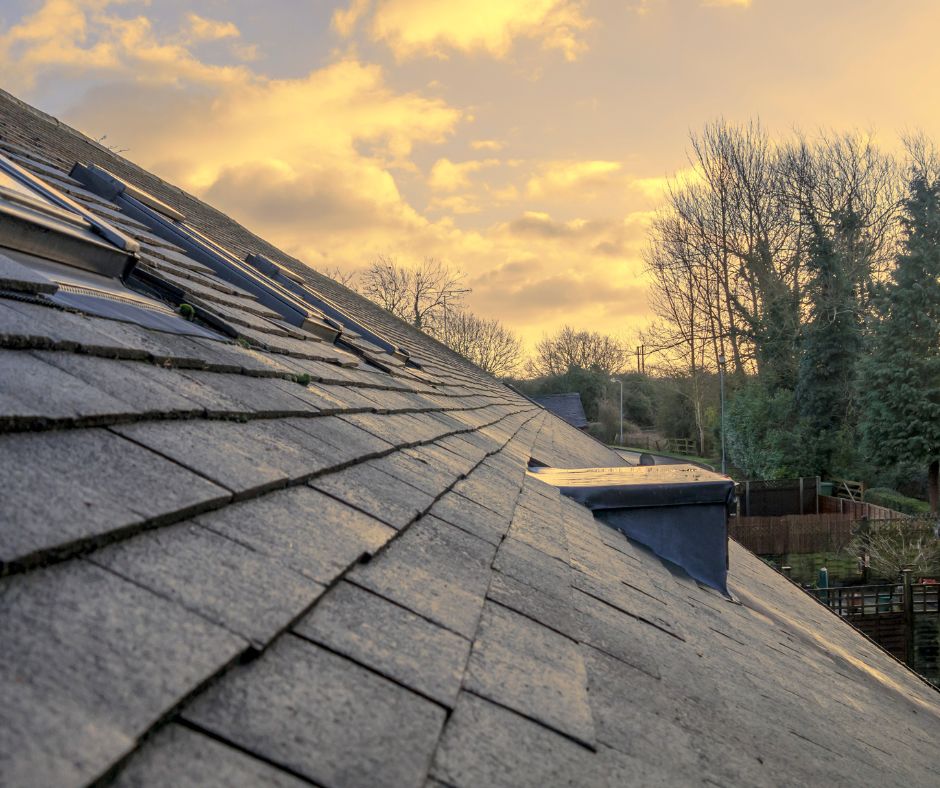Identifying roof storm damage essentials include checking for visible cracks, missing shingles, or dents on metal components. Interior inspection reveals water stains, peeling paint, or musty odors indicating leaks. Exterior examination involves looking for damaged shingles, clogged gutters, or wall water stains. Contact Winder roof repair specialists promptly to assess and repair damages efficiently. Make sure they possess the required licenses, insurance, and experience. Request a detailed estimate for the scope of work and material costs. Mastering this checklist is critical to safeguarding your home’s integrity and saving on future repairs.
Signs of Roof Damage
One key indicator that your roof may have sustained damage after a storm is the presence of visible cracks or missing shingles. When inspecting your roof for storm damage, pay close attention to any signs of cracks on the shingles or spots where shingles are entirely missing. If left unaddressed, these damaged areas can expose your roof to further harm from water leaks and structural issues. Also, look out for dents or dings on metal roof components, such as flashing or gutters, as these can signify storm damage.
It is crucial to inspect the overall condition of your roof after a storm to safeguard its longevity and functionality. Even small cracks or missing shingles can escalate into more significant problems if not repaired promptly. Thus, if you notice any of these signs of roof damage, it is advisable to contact a professional roofing contractor to assess the extent of the damage and recommend the necessary repairs or replacements to protect your home.
Interior Inspection
After thoroughly examining the exterior for signs of storm damage, the next step is to conduct an interior inspection of the property. Begin by checking the ceilings for any water stains or discoloration, as these can indicate a leak in the roof. Look for peeling paint or bubbling wallpaper, which are also signs of water damage. Inspect the attic for any signs of water penetration, such as damp insulation or water stains on the walls or rafters.
Next, examine the property’s upper floors for any signs of water damage, such as water stains on the walls or ceiling. Pay close attention to any musty odors, as these can indicate the presence of mold, which can result from water damage. Moreover, check the windows and doors for signs of water infiltration, such as warped frames or water stains.
Completing a thorough interior inspection is essential in identifying any storm damage to the property. Addressing these issues promptly can help prevent further damage and costly repairs in the future.
Exterior Examination
Commence the assessment of storm damage to the roof by meticulously examining the property’s exterior. Start by visually inspecting the roof from the ground, looking for any obvious signs of damage, such as missing or damaged shingles, dents on metal roofs, or debris scattered across the roof surface. Check the gutters and downspouts for any blockages caused by fallen branches or leaves, which can lead to water backup and further damage. Look for signs of water stains on the exterior walls, which could indicate a roofing leak. Inspect the flashing around chimneys, vents, and skylights for any signs of damage or detachment. Moreover, check the condition of the soffits and fascia for any signs of water damage or rot.
Documenting any findings with photographs and detailed notes is essential to provide to your insurance company or roofing professional. Remember to prioritize safety during the inspection process, especially if accessing the roof or using ladders.
Contacting a Professional
When facing roof storm damage, it is vital to promptly engage a qualified roofing professional to assess and address the extent of the damage. Roofing professionals possess the expertise and experience necessary to accurately evaluate the damage, recommend appropriate repairs, and guarantee the structural integrity of your roof.
When contacting a roofing professional, inquire about their licensing, insurance coverage, and experience handling storm-related damages. It is essential to choose a reputable contractor with a proven track record of delivering high-quality work and customer satisfaction. Moreover, request a detailed written estimate outlining the work scope, materials to be used, and associated costs.
During the assessment, the roofing professional will thoroughly inspect your roof for signs of damage, including missing or damaged shingles, leaks, and weakened areas. Based on the severity of the damage, they will provide recommendations on the necessary repairs or replacement options. Trusting the expertise of a qualified roofing professional’s expertise is vital in ensuring your roof’s safety and longevity following a storm.
Other Roofing Tips
